When we moved off grid in early 2007, we knew that there was going to be a lot of learning along the way. We decided that rather than doing research for 10 years before we moved, we would learn along the way. One of the biggest lessons came when the money ran out. It took less than two years and we are not even close to finishing the house, let alone anything else that we had planned.
We decided to significantly change our methodology. When we first started, we leveraged our money to purchase the solutions that solved the problems we were confronted with. But afterwards, we were forced to be creative. That creativity is what inspires, teaches and provides for us now. It is the creativity that helps us connect to Mother Earth, solve our own problems and be as independent as possible.
Mistakes was the greatest teacher
One of the biggest mistakes we made was not acquiring the tools we would need. We purchased solutions rather than building our own, which meant we were dependent upon the corporate empire. If we wanted to be independent, then we must be able to fabricate our own tools and solutions to meet our needs.
At that point, we started focusing our money on tools so that we can build our own solutions. We realized that rather than spending $7,000 on the lumber for our home, we could have used that money to buy a mill, make our own lumber and still have a mill left over for other projects.
We don't do that any more. Instead we harvest, scrounge and get creative.
Smoking meat, garlic and other foods is a necessity if we want to preserve food for long periods of time. It costs hundreds of dollars to buy a smoker that is too small, runs on electricity and not meet our needs. So instead, we scavenged parts and built our own ... for free!
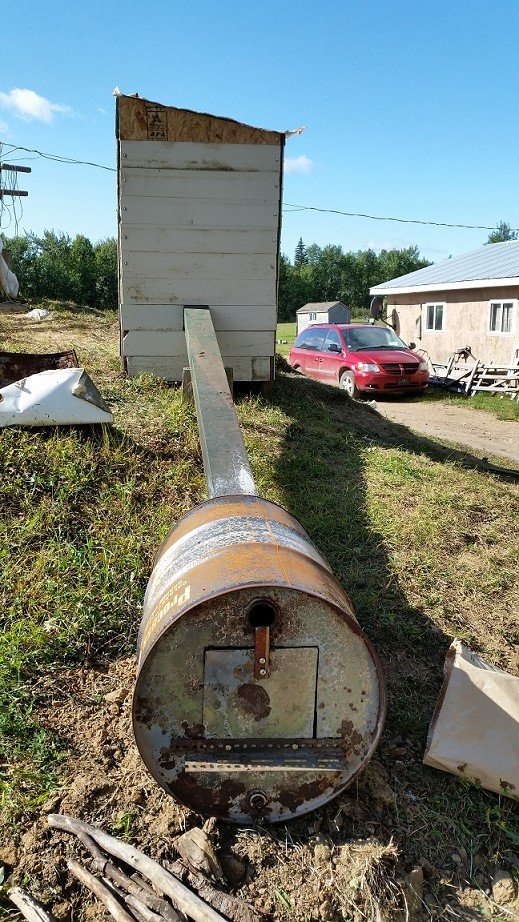
Drying food is also another way of preservation, but food dehydrators cost hundreds of dollars and consume tremendous amounts of electricity. Our pocket book and solar system cannot handle the loads. So we went on line and found plans to make our own solar food dehydrator. Cost: $20 and it does not require any electricity.
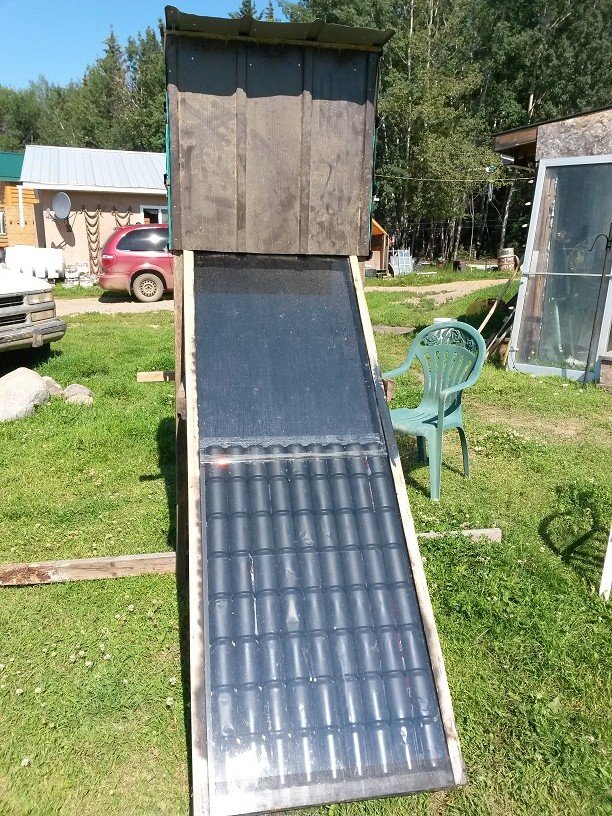
Hot tubs cost thousands of dollars, requires expensive chemicals, pumps, electricity or even natural gas to run them. When living off grid, these costs can be exorbitant and prohibitive. So how can one enjoy the luxuries of life? Make your own wood heated hot tub. We tested this with our first build and it worked briliently. The wood stove is a salvaged water pressure tank from the local transfer station. I had some EPDM and 2x6'x laying around that went into the construction of the vessel. While it takes 4-5 hours to heat up the tub, the anticipation is well worth the wait and I had the biggest smile on my fact the first time I soaked in our new hot tub. I will finish it with stone and concrete to make it look pretty, reduce the water volume and increase the thermal mass of the tub. Our company enjoys it too!
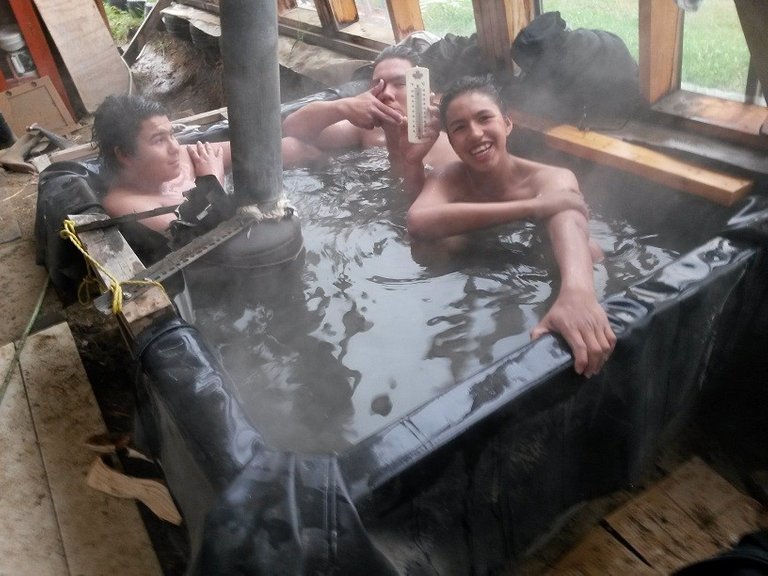
Rather than buying tubs for our produce, I decided to use some salvaged 5/8 plywood to make my own crates. The idea was inspired by some home made crates that my grandfather used to ship eggs years ago. So why not do the same for the produce that our gardens produce? It only cost me a few staples to make these, so they are essentially free to make, other than my time.

Heating and cooking stoves can be thousands of dollars. However, with some creativity and time, we make our own stoves with materials salvaged from the local transfer station or donated to our cause. This barrel stove allows me to burn bigger pieces, significantly reduce the amount of splitting and I could burn it all night long if I want too. It is the only stove that can actually keep up to the power of the thermal mass of the house. I actually got close to getting the house to +30C, but it requires a long hot fire to do it.
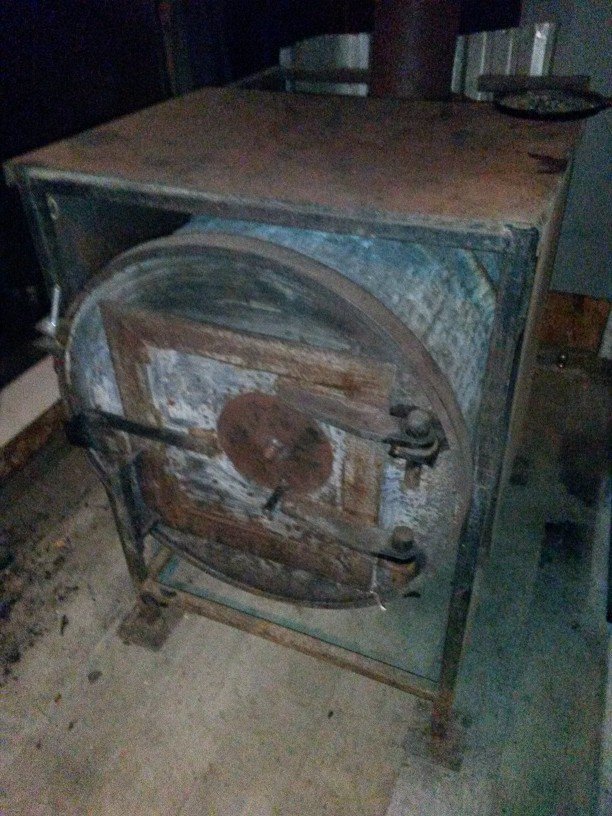
Beds can also cost thousands of dollars, so we went out into the bush to harvest some birch and made our own canopy bed. My wife picked up some curtain sheers and made a mosquito net to put over top. So now we can sleep without being eaten alive by mosquitoes during the summer and the sheers also hold the heat in and regulate our sleeping temperature during the winter. Total cost was about $30.

Counter tops can cost hundreds or even thousands of dollars. We had a load of 2x4's donated to the cause, so I took some 12 footers and ripped them into pieces. I then assembled them to make a butcher block counter for the house. It cost me a few days, but time like this is an investment in ourselves, my wife and our family. No middle men to get involved and suck the energy from our lives.
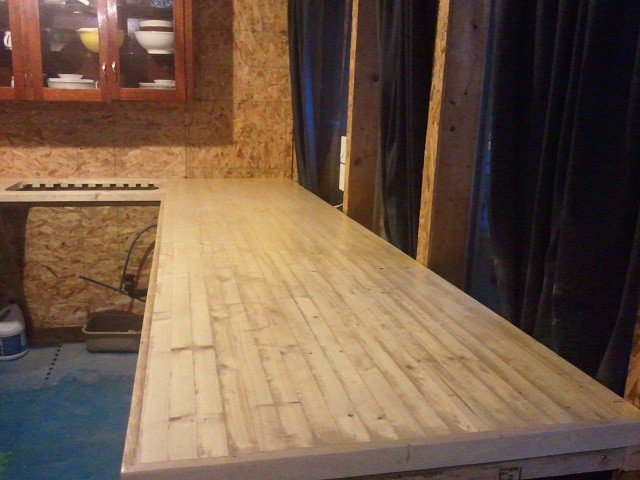
My dear friend had a baby a few years ago, so I decided to make them a bassinet! It is made out of scrap 5/8 plywood that we salvaged from a company in Edmonton that makes truck box liners.
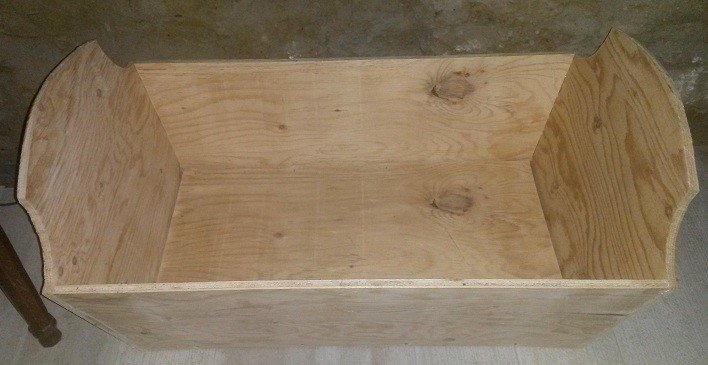
Modern grid tied toilets waste a lot of water and are fairly expensive as well. We compost our humanure and so we made our own toilet. It is essentially a 5 gallon pail with a nice box to cover up.
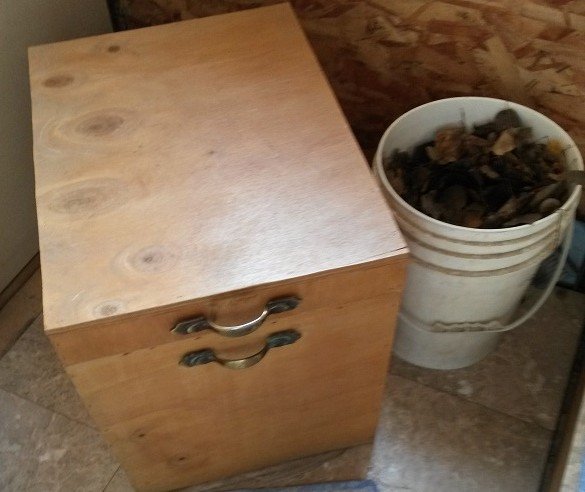
My latest project is to make a loom for my wife. While this project is not done yet, it is saving us a lot of money and will allow us to make products for ourselves or even to sell to others. This loom is made with materials that were salvaged and as such, does not cost us anything. Looms are normally hundreds of dollars for the small ones. This one is 16 inches across and is big enough to make dish towels.
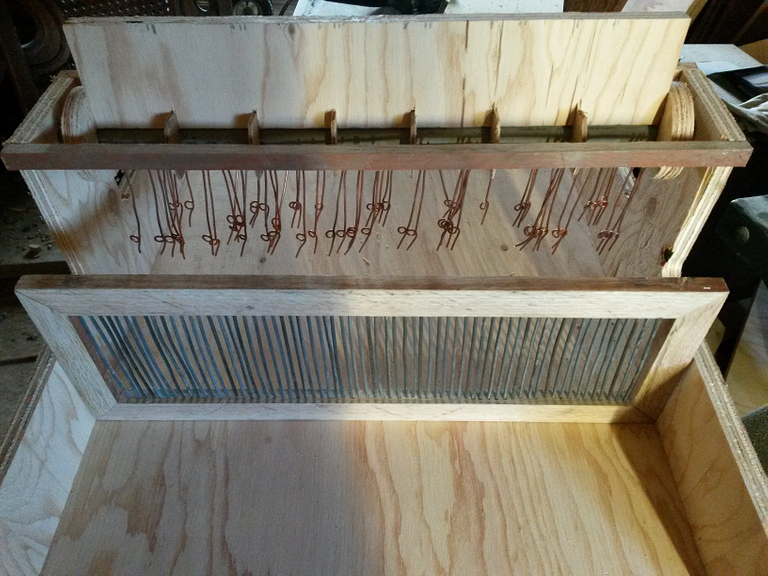
I'm hoping to finish the project today and we will then start using it. I'll show pictures of the setup and operation of this loom along with simple instructions on how to make it. While my projects may look rough, I do them out of necessity rather than beauty. I think they are beautiful because we made them. I see ugliness with the products produced by the consumerist industrial mafia. But when we start making our own tools and products, our view of the world changes quickly. May this inspire you to create for yourself rather than having others do it for you. This is part of what it means to be independent and soverign.
I love it!! You take thay diy thing to another level. I saw that same dehydrator in action in Costa Rica last winter, it worked really well.
Thanks for sharing
We do what we can. lol. The dehydrator works great here too. I saw the plans on line and duplicated it. I'm happy with how it worked.
It will be a project one day for sure here!
Bravo!!!
Awesome. Would very much love to live more off the grid, but don't see a way out. Good luck.
It is hard work and takes a leap of faith. No doubt about that. I hope you find a way to do what you love. Thanks for the best wishes.